As we witness the rise of house tour videos by celebrities on YouTube. I’m sure you have noticed more and more of them are choosing to use solar panels for their homes.
The reason behind this is that there is this myth that surrounds the use of solar panels saying that you’ll just shell out a big capital and then after a few years you’ll be able to enjoy free electricity for the rest of your life. This article aims to debunk this and equip you with the things you need to know before deciding to install solar panels for your house.
Solar panels definition
Simply put, solar panels are devices that are installed usually on roofs of houses to expose them under sunlight. These panels use “photons” or particles of light and knock electrons to convert them into energy that can power electrical loads.
Determine if you need solar panels in your home
The first reason to “need” to install solar panels is to save money in the long run. But aside from that, these are examples of when it is a good idea to install.
- When you live on an island or mountain
- When electric companies can’t reach your home
- When you have the capital to install it


Two types of solar panel installation
Well, you don’t necessarily need to live in an isolated place to install solar panels in your homes. As mentioned above, more and more people are opting to install some to their houses to eventually save money in the long run.
There are two types of solar panel installations that are common today:
- Off grid. This is when you only get all your electricity from the solar panels installed on your roof.
- On grid or Grid Tie. This is when you still have an on-grid electricity subscription, but you use solar panels in alternate to it.
There is also what is called hybrid installation where you alternate from the grid and solar panels, but still have batteries installed in case of blackouts.
Cost and Requirements
If you type “solar panels” on Shopee or Lazada, you may find panels that are being sold for roughly P5,000 to P10,000 pesos. While this may raise the hopes of some and get them into thinking that these panels are affordable after all, let me burst your bubble right here.
Aside from the actual panels, there are other requirements to buy, install, and consider.
Solar panels – This will depend on the electricity usage that you plan to load it. In Kalecky TV’s video, his example is that of a 1.5HP air conditioner. In his computation, to run the aircon, you will need about 4 300W panels. The estimated price for this is P6000 each.
Inverter – The energy derived from solar panels is DC or direct current, whereas the appliances we have in our homes run in AC or alternating current. Because of this, you will need to install an inverter along with your solar panels. This will invert the energy from the panels to usable energy for your appliances. A 2Kw inverter’s estimated price is P20,000.
Batteries – To store the energy that the panels got from the sun, you will need batteries. Going back to the 1.5HP aircon example, you will need 10 batteries to be able to run your aircon for 10 hours. That means you’ll need P60,000 if each battery costs P6,000.
Solar charge controller – to avoid accidents and battery overuse, you will need a solar charge controller. This ensures that your battery will not be overcharged and that accidents like fire won’t happen. This usually costs P10,000 each.
The above computation already exceeds P100,000. This does not include the amount needed for the worse, surge protectors, breakers, and labor if you decide to get a contractor. This is where we will insist that if you are not knowledgeable about these things, it will be better to hire professionals, much like hiring architects and engineers for house designs, there are people who are experts in installing solar panels that you can hire. This is to ensure that you don’t get scammed or end up spending more.
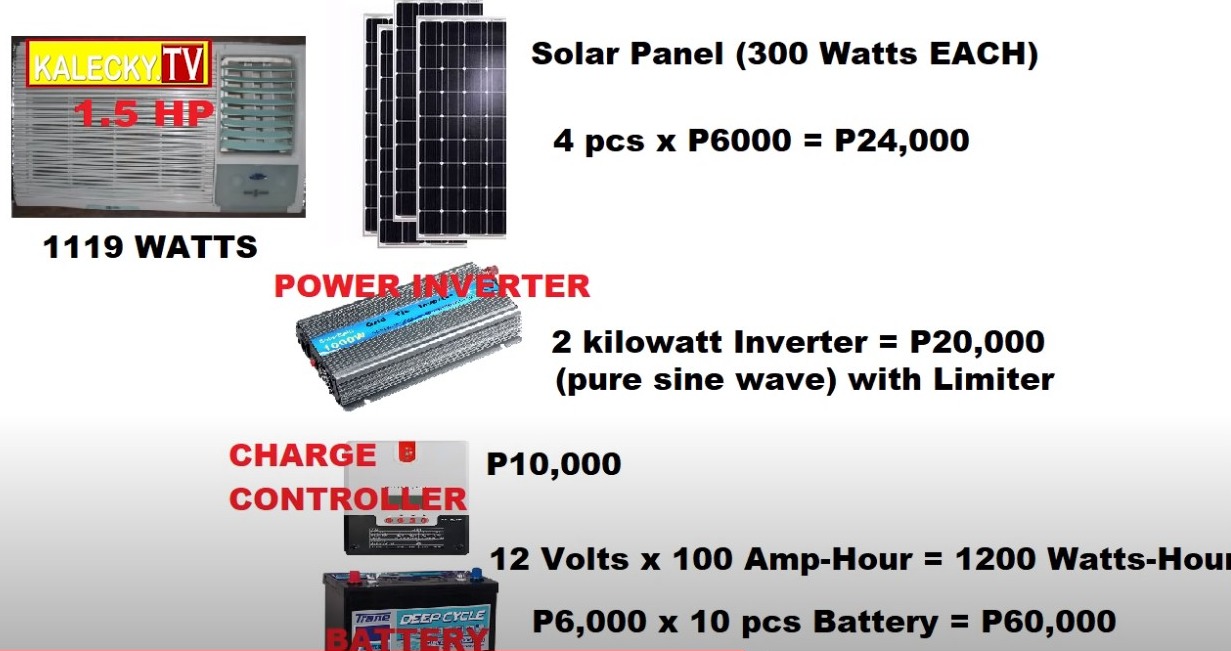


Pros and cons of installing solar panels
You must have already heard the myth saying that you can live for the rest of your life without ever paying for electricity. While that may seem like a great reason for you to consider installing solar panels, read on to know about the pros and cons and whether this myth is really true or not.
Pros
Let’s start with the advantages of solar panels. In just a few years, in the 1.5HP example, in 3 years, you will be able to reap the benefits and start enjoying your aircon without paying. This is based on roughly P3,000 monthly electricity consumption.
Cons
However, there are hidden factors that you need to consider.
- Because these are all electronic devices, then you can expect one or some of them to degenerate through time. This means you will have to replace one or more of them over the years. Basically, the notion that “you won’t pay any cent for the rest of your life” is not true.
- The solar panels have a maximum of 80% efficiency. You can’t expect it to give you 100% all the time, so this means that in the previous example, 3 panels won’t work and you have to add additional panels to make your aircon run.
- Solar panels are widely weather-dependent. Once the sun rises, you still have to wait until there is enough energy that you can use. Not to mention that in the Philippines, we have rainy seasons. This can limit your usage a lot when it rains.
- Batteries only have a 2-3 years span before you need to replace them. You’re lucky if your battery reaches 5 years.
- Aircons and other appliances have a high surge when they start especially aircon and refrigerators. This should be taken into account when you compute how many panels you need. This probably means that you will add another panel just for reserve.
There you go, these are some basic things you need to know before you decide to install solar panels for your home. For further research, we’ve included several videos below that can help you decide.
Kalecky TV has a series about solar panels when he installed panels in their home, he documented and shared his knowledge to his audience. Start with this video:
If you plan to have an off-grid installation, you can start here:
DIY Pinoy also made a video for grid-tie installation, watch it here:
Additional information that can help you make a decision about installing solar panels in the Philippines:
Government Incentives and Policies: Research the government incentives and policies regarding solar energy in the Philippines. The government often offers tax incentives, rebates, and net metering programs to encourage the adoption of renewable energy.
- Solar Potential: Understand the solar potential of your location in the Philippines. The country receives abundant sunlight throughout the year, making it an ideal location for solar energy generation. Tools like solar irradiance maps can help estimate the solar potential of your area.
- Cost-Benefit Analysis: Conduct a thorough cost-benefit analysis to determine the financial viability of installing solar panels. Consider factors such as upfront costs, electricity savings over time, maintenance expenses, and the potential resale value of your property with solar panels installed.
- Financing Options: Explore financing options available for solar panel installations, such as solar loans, leasing, or power purchase agreements (PPAs). These options can help reduce the upfront cost burden and make solar energy more accessible.
- Quality of Solar Panels and Installation: Ensure that you invest in high-quality solar panels and professional installation services. Opting for cheaper, low-quality panels or poor installation may result in lower energy production, higher maintenance costs, and reduced system lifespan.
- Energy Consumption and Needs: Assess your household or business energy consumption and needs to determine the appropriate size and type of solar panel system. A reputable solar installer can help design a system that meets your specific requirements.
- Environmental Impact: Consider the environmental benefits of solar energy, such as reducing greenhouse gas emissions and dependence on fossil fuels. Installing solar panels can contribute to mitigating climate change and promoting sustainability.
- Long-Term Savings and ROI: While the initial investment in solar panels may seem high, consider the long-term savings and return on investment (ROI) associated with generating your own electricity. Solar panels have a relatively long lifespan and can provide significant savings on electricity bills over time.
- Backup Power Solutions: Explore backup power solutions such as battery storage or generator systems to ensure uninterrupted power supply during grid outages or nighttime when solar panels are not generating electricity.
- Consultation with Solar Experts: Finally, consider consulting with solar energy experts, reputable installers, and other homeowners or businesses who have installed solar panels in the Philippines. Their insights and experiences can provide valuable guidance in making an informed decision.
By considering these factors and conducting thorough research, readers can better evaluate whether installing solar panels in the Philippines is a worthwhile investment for their specific circumstances.

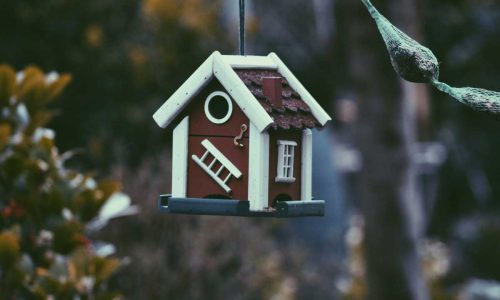
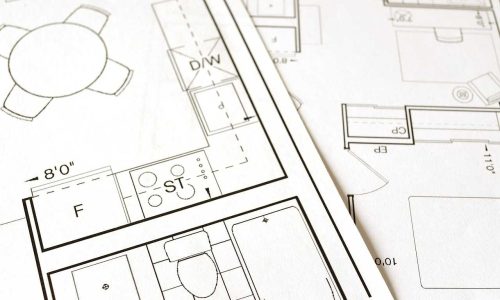
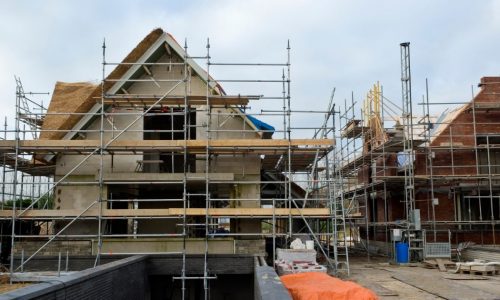
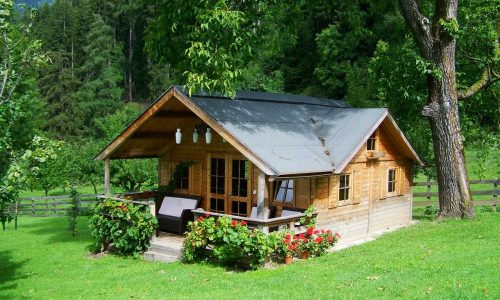
Inquiry for solar panel system 10kw